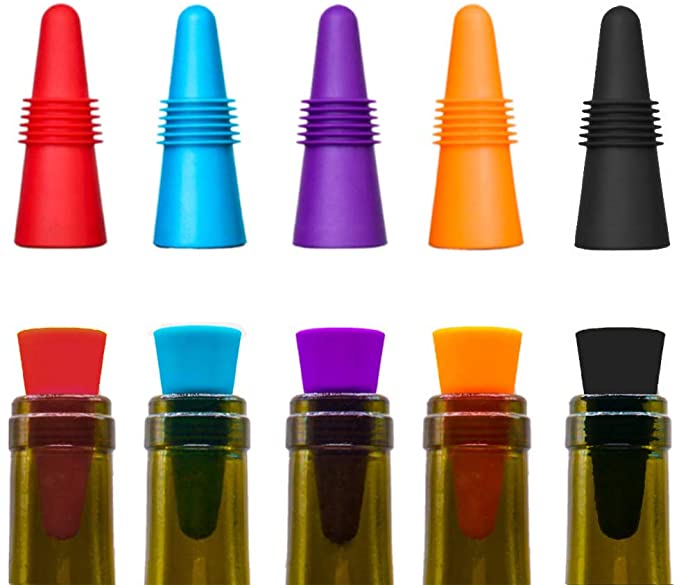
ctDNA has been shown to be closely related to real-time changes in tumors and has been used to assess drug resistance and monitor response to treatment. In recent years, the research on the early diagnosis of cancer using ctDNA liquid biopsy has been on the rise, and the results have become more and more significant. Today we are sharing a new breakthrough in early cancer screening recently published in Nature Genetics.
New combination of ctDNA liquid biopsy and methylation detection
At the heart of this new technology is the combination of tumor ctDNA liquid biopsy and methylation detection, with methylated CpG islands in DNA as specific detection tags. A methylated CpG island refers to a CG sequence that adds a methyl group to a DNA molecule; and each tissue in the body can be identified by its unique CpG methylation tag.
The researchers integrated the complete CpG methylation pattern of 10 different normal tissues (liver, small intestine, colon, lung, brain, kidney, pancreas, spleen, stomach, and blood) and analyzed the UCSD Moores Cancer Center. Patient tumor samples and blood samples were used to construct a cancer-specific genetic marker database.
Breakthrough point: not only early screening for cancer, but also the location of cancer
Developed by Professor Zhang Wei and his team at the Department of Bioengineering, San Diego, California, USA, this technology not only detects cancer, but also determines where tumors grow in the body. This approach provides a new direction for early cancer diagnosis and does not require Invasive surgery, such as tissue biopsy. A new combination of tumor ctDNA liquid biopsy and methylation testing will revisit our understanding of the concept of "tumor screening."
Previous blood tests have achieved the goal of cancer detection by screening ctDNA released from dead cancer cells. This method has great potential for tracking tumor traces. However, it often does not tell you a specific part of the tumor. Professor Zhang Wei said that understanding the location of the tumor is the key to early screening.
In this study, Professor Zhang Wei and his team found a new clue in the blood that both detects tumor cells and identifies the location of tumor cells. When a tumor begins to grow in the body, it competes with normal cells for nutrients and space, and kills normal cells during the competitive process. When normal cells die, they release DNA into the bloodstream, which can be used to identify the affected tissue.
Professor Zhang Wei said that this method was found to be accidental. Initially they used traditional methods to find cancer cell signals and tried to find the source of these signals, and they also saw signals from other cells. They realized that if these two sets of signals were combined, it was possible to determine if tumors existed and where they grew.
Professor Zhang Wei and his team screened normal samples and tumor samples to find signals for tumor markers and tissue-specific methylation in a similar manner to the two-factor authentication process. He said: "In order to push this research into the clinical stage, we need to work with doctors to further optimize and improve this method."
ctDNA and early screening for cancer
Plasma DNA (ctDNA / cfDNA) is no stranger to non-invasive early screening. With the rapid development of basic and clinical research, plasma DNA represents the characteristics of the entire tumor genome at the DNA level, and the detection of cancer can cover common tumors. In addition to discovering high-risk populations of tumors, it can also be applied to real-time dynamic monitoring of tumor gene mutations in patients after cancer surgery; and with the optimization of PCR and high-throughput sequencing technologies, it is now more and more capable of achieving high sensitivity and high accuracy. Detection.
The latest Nature Genetics article combines plasma DNA biopsy with methylation testing to enable early screening of cancer and to determine the tissue source of cancer. Dr. Wang Yu, from Kaijie (Suzhou) Translational Medicine Research Co., Ltd., who is at the front of the liquid biopsy research, said in an interview with the bioexploration that the idea and principle of the technology, and the founder of the non-invasive prenatal testing (NIPT), Professor Lu Yuming, 2015 The genome-wide methylation sequencing published in PNAS promotes the similarity of cfDNA in cancer diagnosis and post-transplant monitoring, and supports the optimistic application prospect of plasma DNA in the field of cancer screening.
However, there are many challenges in the application of ctDNA to liquid biopsy. Dr. Wang Yu said that different individuals have large differences in ctDNA levels, requiring higher sensitivity for detection of ctDNA; detection criteria, which biomarkers can be used as targets for searching, and rare mutations. The definition of clinical significance requires a large amount of clinical information accumulation; the cost of sequencing is still high; some details of sequencing technology and interpretation of results are still perfect to avoid the occurrence of errors, these are the points that ctDNA liquid biopsy needs to overcome. .
Dr. Wang Yu believes that the clinical prospects of early screening for ctDNA cancer are clear. Because it can be characterized, quantified and tracked, and is increasingly supported by clinical research, especially for some tumors that do not have typical clinical symptoms and are difficult to diagnose. In addition, in terms of personalized health management, people can formulate a tumor screening program based on their medical history, family history, living and working habits, and place of residence with the assistance of a clinician.
Shanghai Chuangsai Technology has excellent performance, interleukin cytokines, fetal bovine serum, electrophoresis equipment scientific instruments, raw material drug standards, chemical reagents, cell culture consumables, Shanghai Chuangsai, mass products special promotions, welcome to inquire!
The Bottle Stopper Information.
Wine Stoppers add fub to your daily life:
When we finish a busy day at work, what better way to relax than having a drink? But then you are left with the rest of the bottle and wondering, how do you preserve that freshness? Our soft wine bottle stoppers provide an air-tight seal to prolong and preserve opened bottles of wine.



YDS Product categories of Silicone Household Supplies, we are specialized manufacturers from China, Silicone Cup Coaster , Silicone Placemat , Silicone Drinking Top , Silicone Gloves , Silicone Cake Mold ,Silicone Ice Cube Tray, Silicone Wine Cup , Silicone Identifier ,Silicone Bottle Stopper , Silicone Door Stopper , Silicone Soap Holder , Silicone Shoe Covers , Silicone Straw ,Silicone Foot Cover & Protector,Silicone Cigarette Holder Clip ... Our Factory Advantages:
1.Mold workshop and 2D and 3D engineer department
2.Solid siliccone compression machine and liquid silicone injection machine
3.Disney and Sedex 4P audit factory
4.ISO 9001,IATF16949,Raw material of FDA LFGB MSDS Certificates
2.Solid siliccone compression machine and liquid silicone injection machine
3.Disney and Sedex 4P audit factory
4.ISO 9001,IATF16949,Raw material of FDA LFGB MSDS Certificates
Look forward to your cooperation!
Silicone Bottle Stopper,Silicone Wine Stoppers,Silicone Bottle Covers,Silicone Bottle Caps
Shenzhen Yindingsheng Technology Co., Ltd , https://www.oemsiliconeyds.com